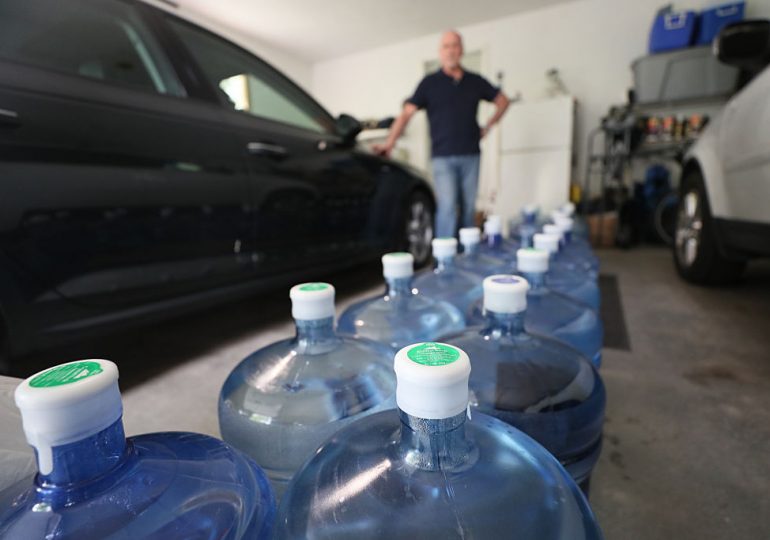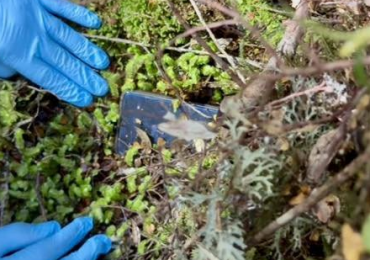The U.S. Environmental Protection Agency (EPA) set its first-ever national, legally enforceable limits on PFAS, also known as “forever chemicals,” in drinking water on Wednesday.
PFAS, short for per- and polyfluoroalkyl substances, are chemicals widely used in consumer and industrial products to repel oil and resist heat since the 1940s. They break down very slowly and can build up in people, animals, food, and water and may lead to adverse health effects including decreased fertility, development delays, increased risk of cancer, and more, according to the EPA.
[time-brightcove not-tgx=”true”]
“Drinking water contaminated with PFAS has plagued communities across this country for too long,” EPA Administrator Michael S. Regan said in a statement.
The rule change will “reduce PFAS exposure for approximately 100 million people, prevent thousands of deaths, and reduce tens of thousands of serious illnesses,” the EPA said in a news release Wednesday.
The new regulation, which requires public water systems to reduce contamination by 2029, sets limits for five individual PFAS chemicals and for mixtures of at least two combinations of four of these chemicals. (There are nearly 15,000 chemicals in the class).
The government estimates roughly 6% to 10% of the country’s 66,000 public drinking water systems subject to this rule may have to take action to meet new standards. Public water systems will have until 2027 to comply with initial monitoring and report drinking water contamination levels to the public. If findings show levels exceed the limits, they must implement solutions to reduce PFAS in the water supply by 2029.
When the rules come into effect, systems that don’t comply must take action to reduce levels and provide notification to the public of the violation. The EPA didn’t say what other consequences a non-compliant system would face.
To help, President Joe Biden’s administration is pumping nearly $1 billion in newly available funding to help states, territories, and communities implement PFAS testing and treatment, and to owners of private wells to address contamination. The new funding is part of a $9 billion investment over five years to address PFAS and other contaminant pollution, the administration said.
“For decades, the American people have been exposed to the family of incredibly toxic ‘forever chemicals’ known as PFAS with no protection from their government,” Environmental Working Group president and co-founder Ken Cook, whose group has been advocating to address the issue, said in a statement. He added that those chemicals “now contaminate virtually all Americans from birth.” Cook said PFAS evaded U.S. environmental regulation for generations until this administration.
Some governments, such as that of Canada and the European Union, have already set limits on PFAS, but these rules haven’t always been effective. A study published by researchers from the University of New South Wales in Australia and one from the University of Oklahoma in the journal Nature Geoscience on April 8 showed that the chemicals exceeded limits set by different countries in surface and groundwaters around the world.
Leave a comment








